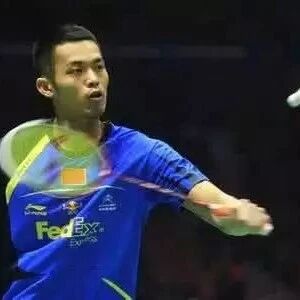With quick and steady footwork in the backcourt, she no longer fears opponents maneuvering her left and right during doubles play.
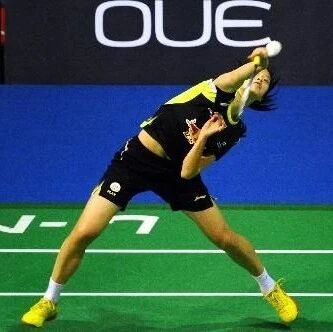

In amateur badminton doubles, it's common to see opponents skillfully moving you back and forth across the court—left, then right—effectively luring you into their traps. If you miss a single shot, you’re practically inviting your opponent to pounce on it without much effort.
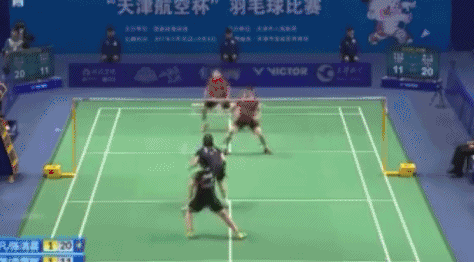
There’s also a scenario where the ball is hit from side to side at waist level, landing behind the net player. In this case, the backcourt player needs to step forward—specifically, two steps in quick succession. For amateur players, these types of shots can be incredibly tricky to handle, and there are several reasons why they might miss. But perhaps the most critical issue is simply failing to get into the right position with their footwork. Let’s take a closer look!
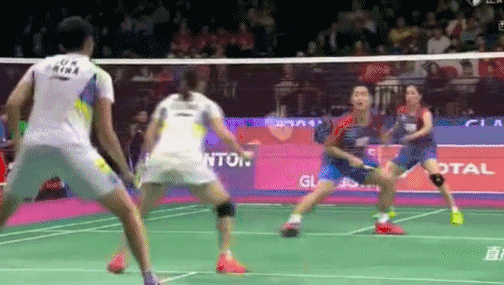
1: Badminton Backcourt Footwork
1. Receding hairline with deliberate steps
In amateur doubles, it's generally recommended that players use a backpedal motion with the head facing upward to reach balls at the backhand position.
Start from the center of the court and initiate a small jump. After taking off, push off the ground with your racket-holding foot, then pivot around your other foot to turn your shoulders toward the net.
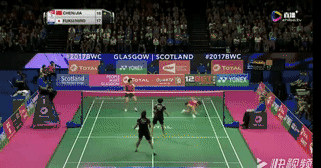
(Backcourt overheads and footwork in match play)
Before your hitting foot lands, the other foot slides back slightly—this helps make your backward movement smoother and more fluid.
Backcourt overhead step [step forward with left foot]
▽
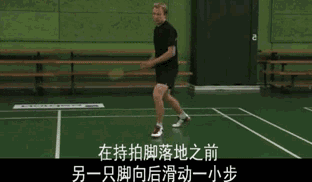
When landing, the foot holding the racket should point slightly outward and bear your body weight, while the other foot is used to maintain balance.
At this moment, use the foot holding the racket to push off the ground upward, then rotate mid-air so that the racket-holding foot points toward the center of the court, while your other foot faces outward. Importantly, don’t let your non-racket foot point forward, as this could place excessive strain on your feet.
Backcourt overhead step [right foot pushes off the ground, pivoting while hitting the ball]
▽
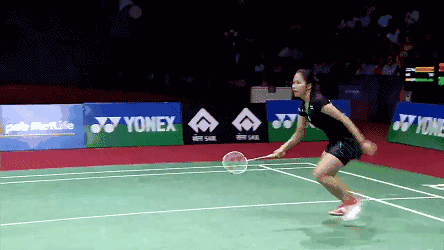
At this point, your weight is mostly on your other foot, using your racket-hand foot to maintain balance. It’s important to lean slightly forward to prevent losing your balance and falling backward.
When retreating, you can choose to take one step forward, followed by a small jump to initiate the movement. Alternatively, you can opt for two steps forward, then immediately follow with a small jump to get started.
If your shot is fast—whether it’s a smash or a high, flat hit—you’ll usually choose to step back one movement.
Backcourt overhead step [one-step return to center followed by a seamless next beat]
▽
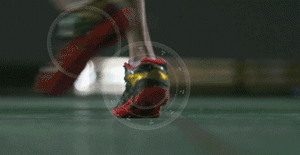
If your shot is slower [a high, long shot], you can use a two-step recovery motion.
Backcourt overhead step [two steps back to center]
▽
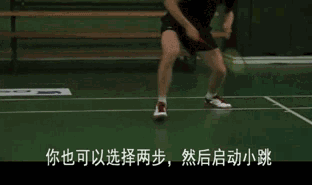
2. Forehand Backward Step
The same goes for the forehand—you start with a small jump from the center of the court. After initiating the jump, you leap sideways toward the backcourt while simultaneously rotating your body so your shoulders face the net.
The racket-holding foot is positioned directly beneath your body, with the toe pointing outward toward the court. Your weight is centered on the racket-holding foot, while the other foot serves to maintain balance. At this moment, push off the ground with your racket-holding foot to jump into the air, simultaneously rotating mid-air so that the racket-holding foot now points toward the center of the court—while the other foot remains pointed outward, away from the court.
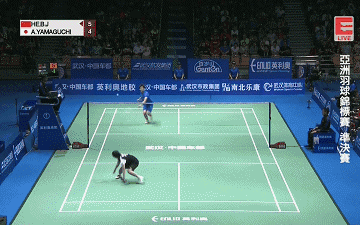
Again, don’t point your other foot forward—this would place significant strain on your feet.
At this point, your weight is mostly on your back foot, while your front foot helps you maintain balance. Importantly, lean your body slightly forward—this will prevent you from tipping backward and losing your equilibrium.
When returning, you can take a step forward and then initiate a small hop.
Backcourt forehand step [one-step return to center]
▽
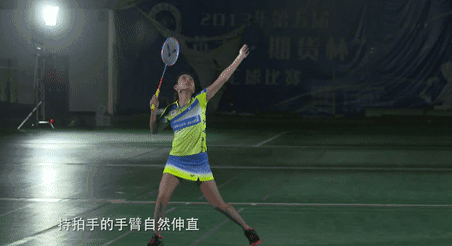
You can also take two steps forward, step back, and then follow up with a small jump to start again.
Backcourt forehand footwork [two-step return to center]
▽
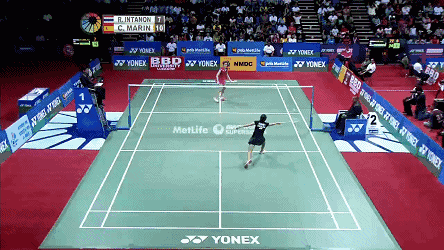
2: Two-Way Waist Steps
The biggest mistake in mixed doubles is giving the ball too much to the backcourt, allowing the opponent's male player to swing freely and unleash powerful smashes—followed immediately by one relentless, inch-by-inch attack after another!
To escape the passive situation where neither the front nor the back can effectively attack, passing the ball to the midsection—where neither side has a strong attacking position—is the only viable option. This is precisely how the "waist strategy" originated in mixed doubles (and indeed, applies equally to doubles play as well).
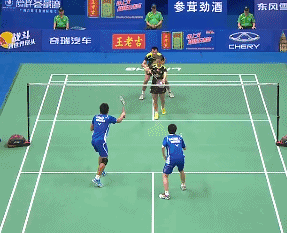
When the opponent is positioned in an attacking formation, either front-to-back or side-by-side, our team employs a half-court offensive tactic commonly known as "playing the waist." This involves hitting the ball into the opponent’s midfield—specifically, the space between their two players, closer to the sideline. By doing so, we can create opportunities for the opponent to either mishandle the pass or fail to catch it altogether.
The two-step side step is similar to the approach step.
1. Preparation: Keep your center of gravity stable, with both knees naturally bent; lift your heels slightly—don’t lock your feet completely—while maintaining a sense of bounce.
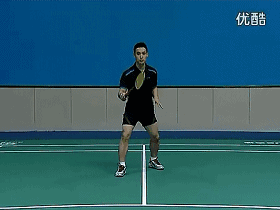
(Don't stand on your heels—keep them slightly off the ground, with a bit of bounce.)
2. Key points for the crossover step approach: Cross your feet—first move your left foot, then bring your right foot behind your left heel to cross, and finally move your left foot again.
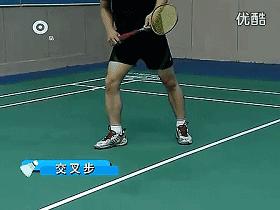
3. Key points for the approach step to the net: During your movement, if you realize you’re just one step away from reaching the ball, you can take a quick, light hop with your right foot.
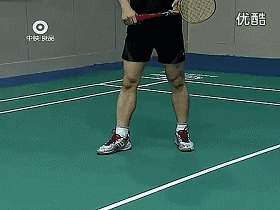
4. Key points for the approach step-and-net movement: With your left foot positioned slightly behind, take a small follow-up step first, then push off with your left foot as you step over with your right foot.
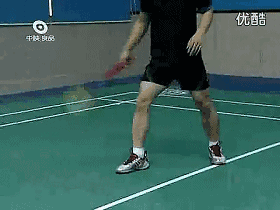
5. Cross-step for a backhand net shot
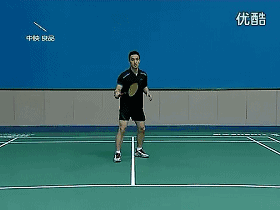
6. Backhand Net Play with Step-In Approach
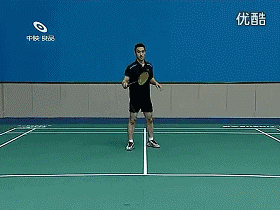
7. Backhand Net Play with a Stepping Lunge
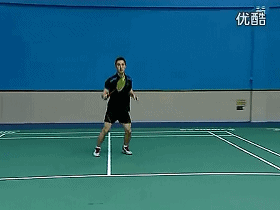
Footwork is incredibly important in badminton, as moving into the right position is the foundation for playing a good shot. The benefits of good footwork include conserving energy and enabling quick movements, while poor footwork leads to wasted energy and delayed reactions.
More article recommendations:
If you want to play with less effort, make sure your swing technique is perfect!
Details reveal skill—can you pass the little ball challenge?
Zhao Jianhua, Yang Yang, and Li Mao have prepared over 100 lessons for everyone, covering techniques like badminton net play, backhand cross-court hooks, and smashes. Click "Read the Original Article in the Bottom Left Corner" to check them out! If you're looking to improve your badminton skills, don't miss this—your chance is right here!

Related Articles
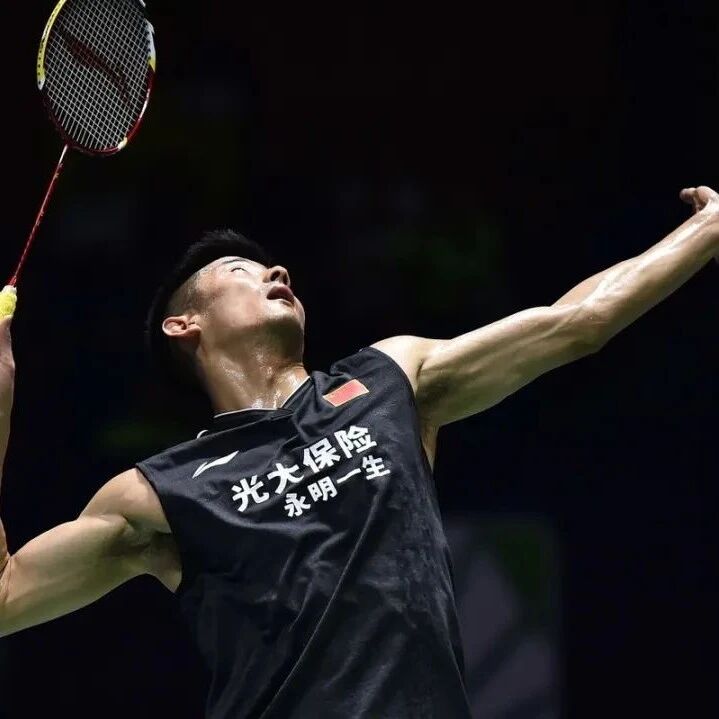
To defeat your opponent and enhance your attacking threat from the backcourt, mastering consistent shot execution in the backcourt is key.
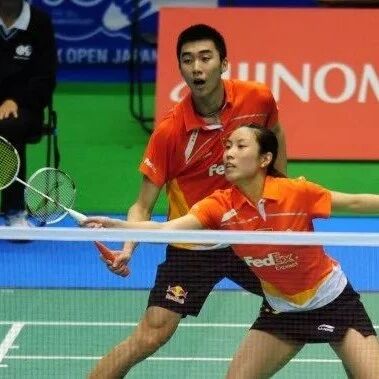
You're out of touch—when it comes to handling high-quality badminton drop shots or flicks, all you can do is lob the shuttlecock?
